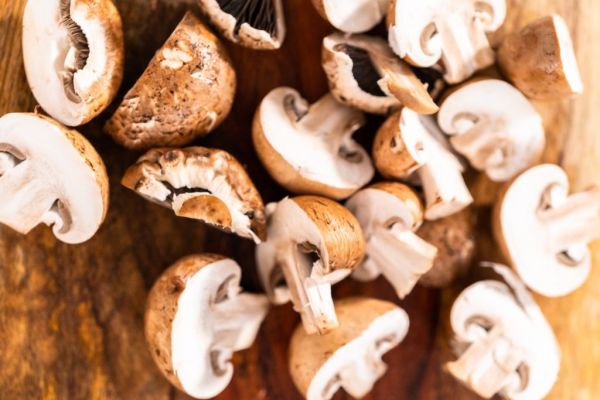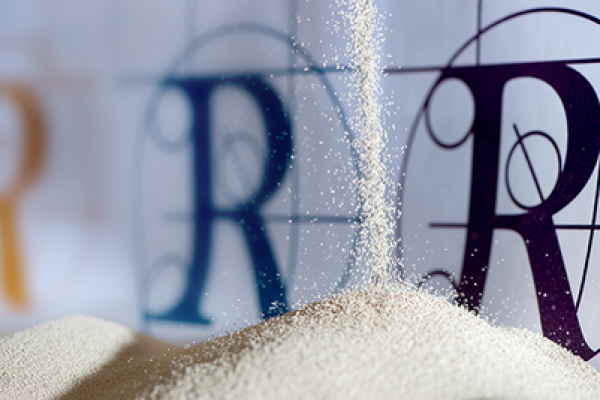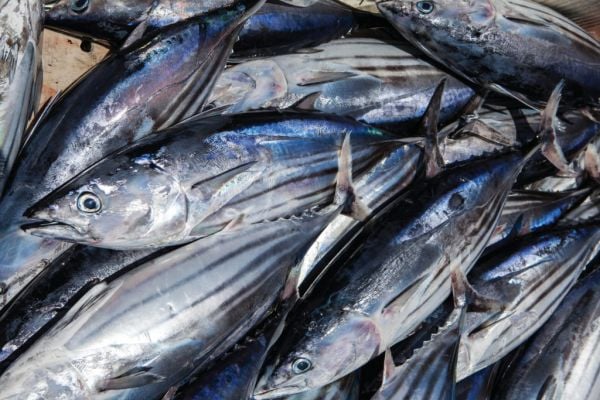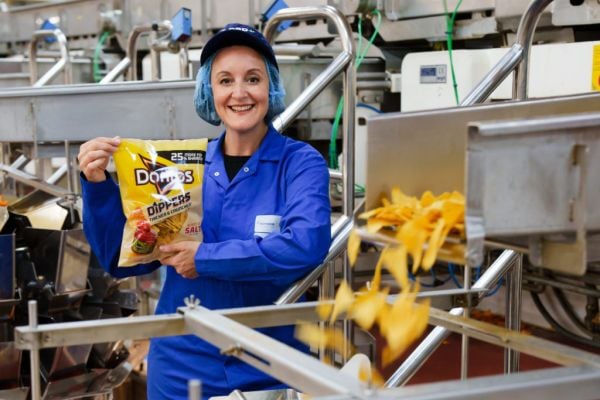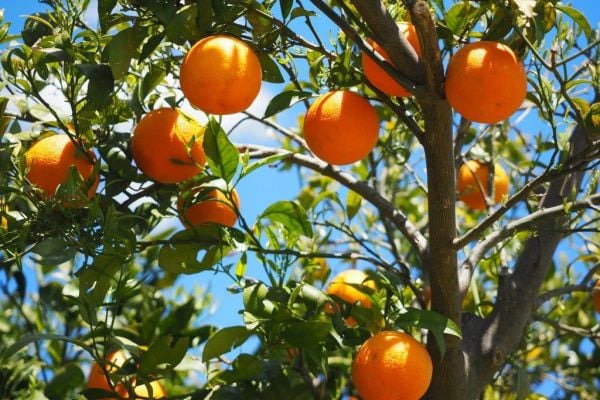As demand soars for more sustainable protein alternatives, the fungal protein market is set to grow at a CAGR of 6% over the course of the next decade, a new report by Global Market Insights has found.
The segment, which includes both yeast products and mycoproteins, the latter of which is typically used for meat alternatives, was valued at $63 million in 2022, and is set to be worth $115 million in 2032, Global Market Insights said.
Europe is set to see a CAGR of less than 5% over the ten-year period, however Asia Pacific is poised to experience growth of more than 6%, which can be attributed to the growing use of yeast in animal feeds, and the development of higher quality animal nutrition products.
Fusarium Venenatum
In terms of individual subsegments within fungal protein, the fusarium venenatum segment is expected to demonstrate 'considerable growth' through 2023-2032, Global Market Insights said.
Fusarium venenatum is used to extract mycoproteins, commonly utilised as meat substitutes in burgers and patties. Mycoprotein is a source of fibre, containing more fibre than almonds, black beans, chickpeas, and peanuts. It is also a source of zinc, selenium, phosphorous, manganese, copper, and chromium, and a source of riboflavin.
Leading players have already announced further investment in the growing sector – in June 2022, Lesaffre, a key global player in fermentation, announced its plans of opening a new yeast plant in Brazil to strengthen its presence across the region.
Elsewhere, in September of last year, Angel Yeast developed a new dry yeast product, Premium Dry Yeast, to address the needs of the bakery industry.
Meat Substitutes
A previous study earlier this year estimated that the global meat substitutes market is projected to grow at a compound annual growth rate (CAGR) of 16.03% from 2021 to 2029.
Alternative protein sources such as pea, wheat, and mycoprotein are expected to gain popularity in the coming years, due to their nutritional benefits and environmentally-friendly production methods, it noted.
